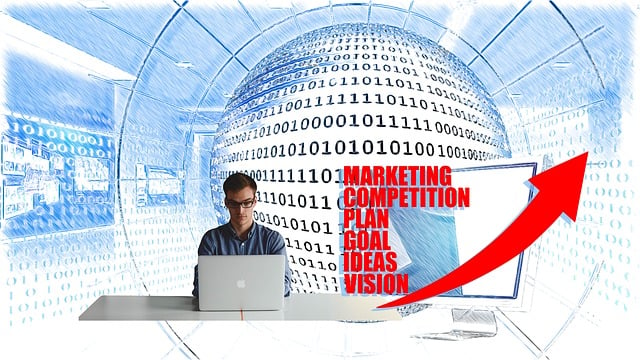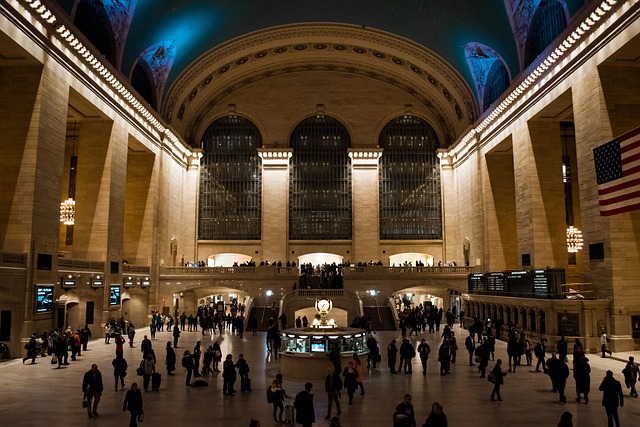Understanding long-term costs, including property taxes, insurance, maintenance, utility bills, and other hidden expenses, is crucial for making informed real estate investments. A thorough analysis should balance current amenities with future financial commitments to avoid unexpected burdens and ensure profitability over time. Key factors like location, property age, condition, and energy efficiency impact recurring costs, helping investors make wise decisions in a competitive market.
In the world of real estate, making informed decisions requires balancing long-term costs with desirable amenities. Understanding what comprises these costs, including hidden expenses and future trends, is crucial. Evaluating amenities—from essential necessities to luxurious perks—can significantly impact property value. This article guides you through navigating these factors, offering insights on predicting costs, prioritizing amenities, and negotiating upgrades without breaking the bank. By weighing these considerations, you’ll be well-equipped to make sound real estate choices.
Understanding Long-Term Costs in Real Estate

When considering a real estate investment, understanding long-term costs is paramount. Beyond initial purchase or rental prices, numerous ongoing expenses factor into the financial equation. These include property taxes, insurance, maintenance, and potentially, utility bills. For homeowners, these costs can accumulate significantly over time, sometimes surpassing the initial outlay for the property. Thus, it’s crucial to account for these recurring charges when weighing the amenities offered by a given location.
In the realm of real estate, long-term cost analysis involves a meticulous balance between enjoying current amenities and preparing for future financial commitments. This perspective encourages buyers and renters to look beyond immediate comforts, delving into the financial landscape that lies ahead. By considering these costs upfront, individuals can make more informed decisions, ensuring their chosen property aligns with both their lifestyle needs and financial capabilities in the years to come.
– What comprises long-term costs?

In the context of real estate, long-term costs encompass a comprehensive array of expenses that extend beyond the initial purchase or rental price. These costs include property taxes, insurance, maintenance and repair fees, as well as potential upgrades or renovations over time. Additionally, factoring in utility bills, such as electricity, water, and heating/cooling, adds up significantly year after year. These ongoing financial commitments are vital considerations when evaluating the desirability of a property investment.
When discussing long-term costs in real estate, it’s also crucial to factor in potential hidden expenses. Depreciation, for instance, can impact the value of a property over time, while market fluctuations may affect resale or rental values. Furthermore, unforeseen repairs or structural issues could arise, leading to unexpected financial burdens. Thus, a thorough understanding and estimation of these long-term costs are essential before making significant real estate decisions.
– Factors influencing future expenses

When considering real estate investments, it’s crucial to look beyond initial costs and amenities. Future expenses play a significant role in determining the long-term value of a property. Several factors can influence what you might spend over time. Location is one such key element; areas with high demand often experience rising property taxes, insurance rates, and maintenance costs. These recurring expenses can add up significantly over years.
Another factor is the property’s age and condition. Older homes may require more frequent repairs and renovations, impacting your budget. Additionally, energy efficiency standards are continually evolving, so older properties might need upgrades to meet new regulations, further increasing long-term expenditure. Keeping these aspects in mind helps in making informed decisions while navigating the real estate landscape.






